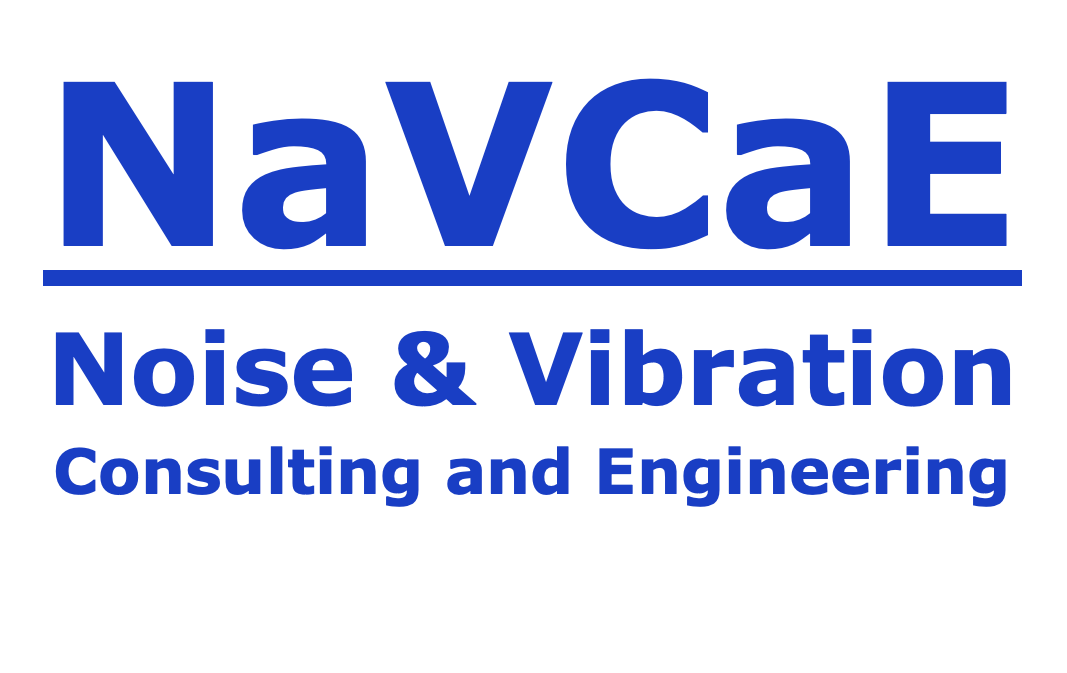Noise Impact Assessment (NIA)
Why is an NIA required?
The primary reason for a noise assessment is to determine the impact of the noise of the proposed installation on the background sound level of the immedaiate surounding environment.
What is a noise impact assessment?
A noise impact assessment requested in a planning application is an exercise to determine the impact that a noise source will have on the environment and/or immediate surrounding area and/or people in public and in residential areas.
It is also known as an environmental noise impact assessment, and is submitted for planning consent using BS4142 and/or BS8233.
Case Studies
If you are interested in our case studies, please click here.
We understand your predicament
We understand the predicament in which you find yourself; you are seeking planning permission to improve your business or home, and the council has requested a noise assessment - another on-cost to your improvements.
We empathise with you, as we are well aware that you want to keep the costs down, and the noise policy in your area demands noise assessments - it's as if you are held ransom.
That’s why we make the process efficient, so that you have the best chance of getting planning permission.
But first, here are some facts that you should know about a noise impact assessment (NIA).
The impact of the noise source on the background sound level
The louder the plant noise over the background sound level, the greater the magnitude of the impact.
A difference between the noise source and the background sound level of around +10dB or more is likely to be an indication of a significant adverse impact ( in our experience, this is usually unacceptable).
A difference of around +5dB is likely to be an indication of an adverse impact, depending on the context and the LPA.
The lower the rating level is relative to the measured background sound level, the less likely it is that the sound source will have an adverse impact or a significant adverse impact.
The latter is dependent on your local planning authority (LPA), as some LPAs permit noise sources at 1dB above the background sound level, others 3dB above the background sound level at the property boundary, and in some boroughs of Greater London, 10dB below the background sound level; this is apparent when communicating with your LPA.
Who conducts the noise assessment?
A noise assessment is a complex issue and must be performed properly. It takes a qualified and experienced professional acoustic engineer to complete an assessment, as every assessment varies from one to the other
In England, any noise assessment is performed by qualified acoustic engineers. An acoustic engineer who is a corporate member of the Institute of Acoustics, and a chartered engineer registered with the Engineering Council.
Noise assessment report - what it includes and how it's used?
The main content of a noise assessment report is information for the regulating authorities to grant planning permission - or refuse planning permission; the authorities include the local councils to the Environmental Agency.
Whether it is a BS4142 or a BS8233 noise assessment, or a noise assessment report for the Environmental Agency, the report follows a strict format prescribed respectively by a BS4142 and BS8233 standard, and the format prescribed by the Environmental Agency.
How we help you!
As mentioned above, every noise assessment is different, and therefore a good understanding is required. Once you approach us, we contact the authority that granted you conditional permission to proceed. We then request full details of what they want to see in the final report.
We shall communicate with the environmental health officer (EHO) at your local council or at the Environmental Agency, whoever has granted conditional permission.
Thereafter, we provide you with a quotation for delivering exactly what the council or authority have requested. This way we can quote you a reflective cost of the work required. Therefore, you get a report that puts the council at ease so that they can make an informed decision.
With Environmentally Sound you get an efficient and cost-effective service. We find the most efficient way to deliver your report that will satisfy your local authority and grant you planning permission.
How much does a noise assessment cost?
A noise impact assessment depends on the many factors, and starts at £700.
We charge for a professional and chartered acoustics engineer to perform a noise assessment, write the report and provide noise mitigation measures and, if required, a noise management strategy.
We provide you with a quotation once we have the full details of the noise survey requirements, and any other documentation that is requested in the planning application.
But the quickest and most efficient way to get a quotation, is to call us on 01908 643 433 or email us at info@environmentallysound.co.uk.
Where to find more information on noise impact assessments
If you require a noise impact assessment, or an environmental impact assessment, or you would like to find out more about impact assessments, please call us to discuss your requirement.
Please call us on 01908 643433 to have a friendly conversation and how we can assist you.

